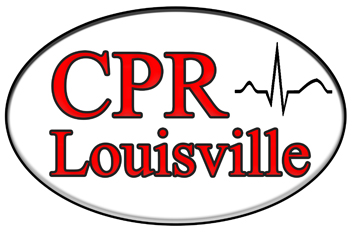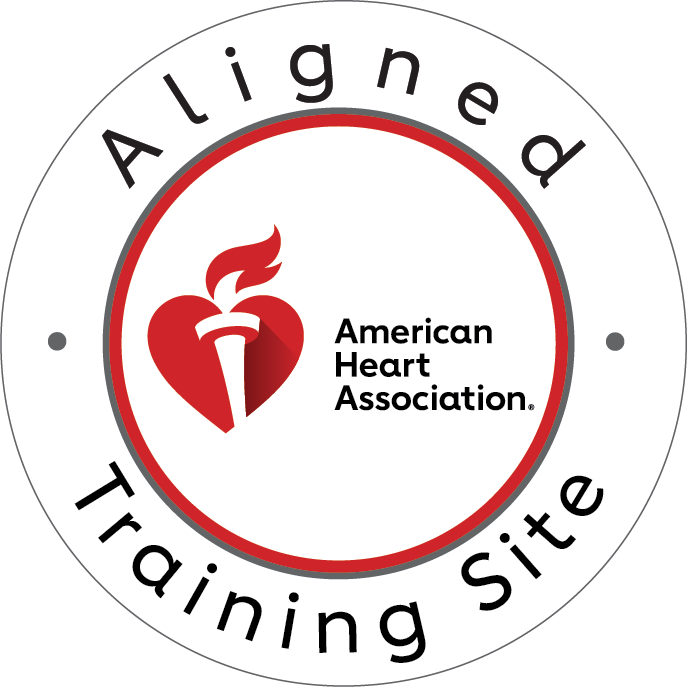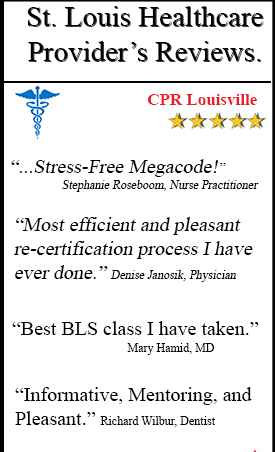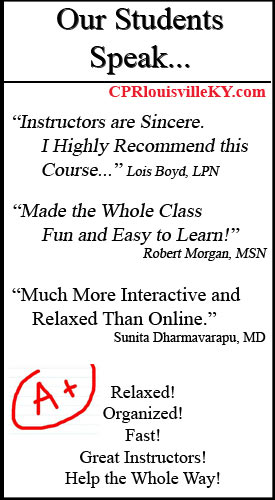High blood pressure, also known as hypertension, is one of the most common yet silent health issues affecting millions of people worldwide. While many individuals live for years with elevated blood pressure without symptoms, a sudden and severe spike can quickly turn into a life-threatening situation. Recognizing and responding promptly to a high blood pressure emergency is critical. Hypertensive crises can cause irreversible organ damage or even death if not treated immediately. Having proper first aid and emergency response training equips you with the confidence and skills needed to act quickly in these situations—potentially saving a life.

What is a Hypertensive Crisis?
A hypertensive crisis occurs when blood pressure rises dramatically, typically reaching or exceeding 180/120 mmHg. This level of elevation places extreme stress on blood vessels, potentially leading to damage in vital organs such as the brain, heart, or kidneys. There are two main types of hypertensive crises: hypertensive urgency and hypertensive emergency. In a hypertensive urgency, blood pressure is dangerously high but has not yet caused organ damage. However, in a hypertensive emergency, the elevated pressure is already harming organs and requires immediate medical attention. Understanding the distinction helps first responders and bystanders know when to treat a situation as a true emergency.
Warning Signs and Symptoms
Recognizing the warning signs of dangerously high blood pressure is essential. A person experiencing a hypertensive crisis may report a severe headache that develops suddenly and feels different from usual headaches. Shortness of breath, chest pain, or nosebleeds can also occur as pressure within blood vessels increases. Other common symptoms include severe anxiety, blurred vision, or difficulty focusing. In more advanced cases, confusion, trouble speaking, or seizures may appear—signs that the brain is being affected by the elevated pressure. These symptoms should never be ignored. If you suspect a hypertensive emergency, act immediately to get the person professional medical help.
When High Blood Pressure Becomes Life-Threatening
High blood pressure becomes life-threatening when it begins to damage the body’s major organs. Signs of organ damage can include stroke symptoms such as facial drooping, slurred speech, or one-sided weakness. Chest pain may indicate a heart attack, while reduced urine output or swelling in the legs could point to kidney failure. Because these symptoms progress rapidly, early recognition and swift action are critical. Every minute counts—delaying medical treatment can lead to permanent damage or death.
Immediate First Aid Steps for High Blood Pressure
When faced with a potential hypertensive emergency, the right first aid response can make a significant difference. The first step is to stay calm and assess the situation. Anxiety can further elevate blood pressure, so maintaining a composed demeanor helps both you and the person in distress. Next, call for emergency help immediately by dialing 911. Describe the person’s symptoms clearly so responders can prepare appropriately. While waiting for help, position the person comfortably, ideally seated upright to make breathing easier. Loosen any tight or restrictive clothing to promote better circulation and comfort.
Monitoring vital signs is an important part of first aid during a high blood pressure emergency. If possible, check the person’s pulse, breathing, and responsiveness. Keep them calm, reassure them that help is on the way, and avoid unnecessary movement. Do not try to give them food, drink, or medications unless prescribed by their doctor for this exact situation. It’s also crucial not to attempt to lower blood pressure too quickly. A sudden drop can cut off blood flow to vital organs and cause further complications.
What NOT to Do During a High Blood Pressure Emergency
Certain mistakes during a high blood pressure emergency can make the situation worse. One of the most common errors is allowing the person to drive themselves to the hospital. The risk of losing consciousness or having a stroke while driving is high, putting both the individual and others in danger. Another mistake is leaving the person alone—continuous monitoring is vital until professional help arrives. Physical exertion, even minor movements, should be avoided since it can elevate blood pressure further. The goal is to keep the individual as stable and relaxed as possible until medical personnel take over.
While first aid focuses on immediate response, prevention is equally important. Recognizing risk factors for high blood pressure can help prevent emergencies before they occur. Age, family history, and pre-existing conditions like diabetes or kidney disease all increase risk. Lifestyle factors such as poor diet, smoking, excessive alcohol intake, and lack of physical activity also contribute significantly.
Prevention and Long-Term Management
Daily prevention strategies can drastically reduce the likelihood of a hypertensive crisis. Taking prescribed medications consistently is crucial for those with known hypertension. Dietary adjustments, such as reducing sodium intake and eating more fruits, vegetables, and lean proteins, help maintain healthy blood pressure. Regular exercise strengthens the cardiovascular system, while stress management techniques like deep breathing, yoga, or mindfulness can prevent spikes in pressure. Monitoring blood pressure at home provides valuable insight into daily fluctuations and early warning of potential issues.
Training in first aid and CPR can make a real difference when emergencies strike. CPR Louisville provides comprehensive training programs that teach individuals how to recognize and respond to medical crises, including hypertensive emergencies. As an American Heart Association (AHA) certified training site, CPR Louisville offers a full range of courses, such as Basic Life Support (BLS) for healthcare providers, Advanced Cardiovascular Life Support (ACLS) for advanced responders, Pediatric Advanced Life Support (PALS) for child emergencies, and general CPR and First Aid certification for anyone who wants to be prepared.
Conclusion
Recognizing dangerously high blood pressure is a critical first aid skill that can truly save lives. While hypertension often develops silently over time, hypertensive emergencies demand immediate recognition and action. By understanding the warning signs—severe headaches, chest pain, shortness of breath, vision changes, and neurological symptoms—you can identify when someone needs emergency medical care. Remember that blood pressure readings of 180/120 mmHg or higher accompanied by symptoms of organ damage constitute a medical emergency requiring 911 activation. Your ability to stay calm, assess the situation, position the person safely, and provide reassurance while waiting for professional help can make a significant difference in outcomes. Knowledge is power, and being prepared to recognize and respond to hypertensive crises is an invaluable component of comprehensive first aid training.
Call to Action
Don’t wait until an emergency happens to wish you knew what to do. CPR Louisville, an American Heart Association training site, offers comprehensive CPR certification in Louisville and BLS classes in Louisville that include essential first aid skills like recognizing and responding to cardiovascular emergencies. Our stress-free, hands-on courses cover BLS for Healthcare Providers, ACLS, PALS, and CPR and First Aid, equipping you with the confidence and competence to act when seconds count. Whether you need an initial certification or a renewal, our expert instructors provide practical training in a supportive environment. Enroll in a class today and become the person who knows what to do when someone’s life is on the line.
3 FAQs About First Aid Recognition of Dangerously High Blood Pressure
What blood pressure reading is considered dangerously high and requires immediate medical attention?
A blood pressure reading of 180/120 mmHg or higher is considered a hypertensive crisis. If this elevated reading is accompanied by symptoms such as severe headache, chest pain, shortness of breath, vision problems, difficulty speaking, or confusion, call 911 immediately. This indicates a hypertensive emergency where organs may be experiencing damage. Even without symptoms, readings this high warrant urgent medical evaluation within hours.
Can I give someone with dangerously high blood pressure their medication if they have it nearby?
If the person is conscious, alert, and has been prescribed blood pressure medication that they normally take, you can help them access it and take it as directed. However, never give someone else’s medication or provide medication you’re unsure about. The priority is always to call 911 first in a hypertensive emergency. Some blood pressure medications should not be taken during acute crises without medical supervision, so professional guidance is essential.
What’s the most important first aid action when someone is experiencing a hypertensive emergency?
The most critical action is to call 911 immediately if you observe dangerously high blood pressure readings accompanied by emergency symptoms. While waiting for help, keep the person calm and comfortable, preferably seated with their back supported or lying down if they feel faint. Monitor their consciousness and breathing, and be prepared to provide CPR if they become unresponsive. Do not attempt to rapidly lower blood pressure yourself, as this can be dangerous—let emergency medical professionals manage the situation.





